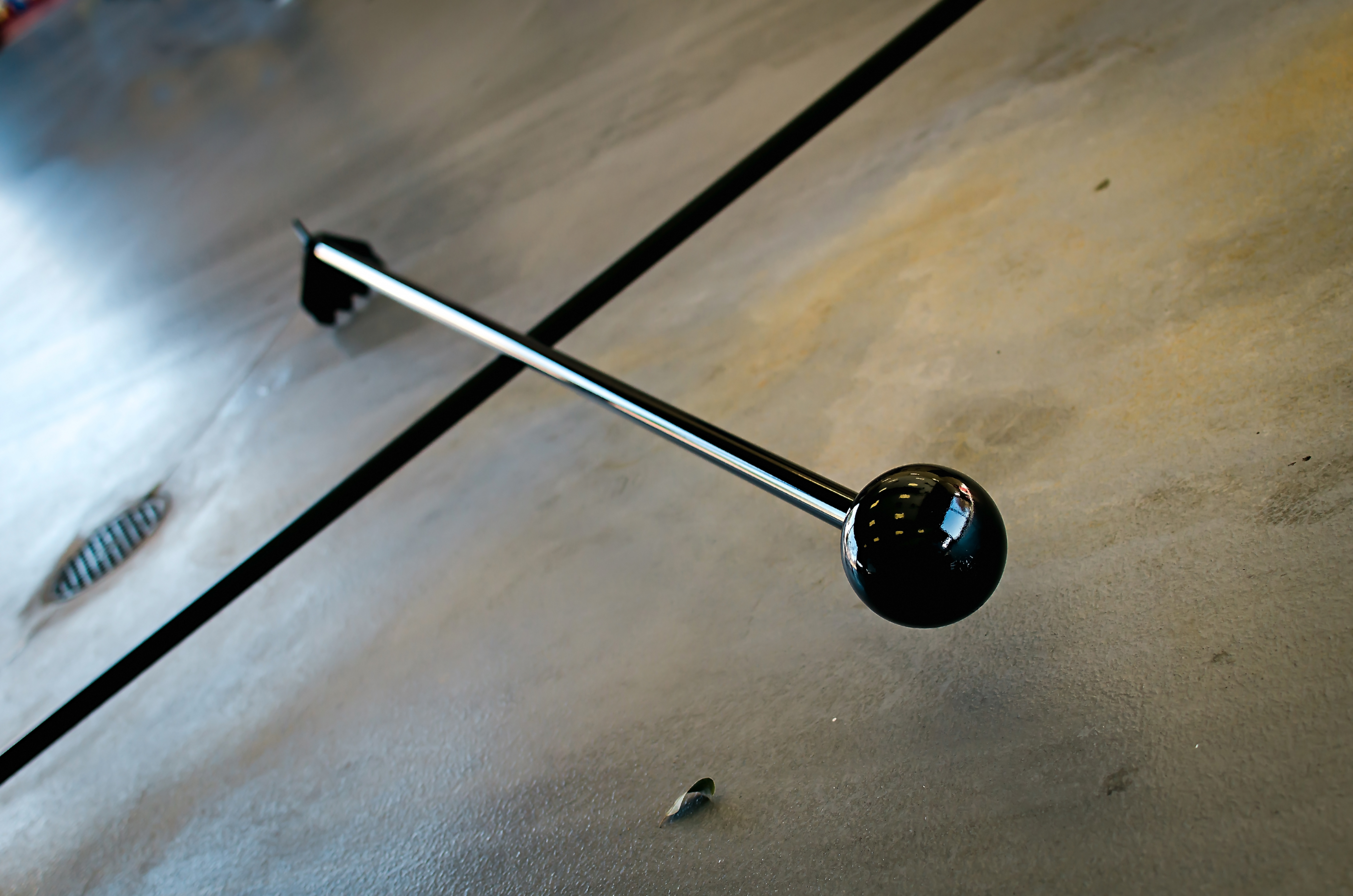THE TREADY HOOK
T3 Fire Hoox, located in Edgewood, Texas, was established in February of 2014 by a professional firefighter. Currently, our company offers only one product: “THE TREADY HOOK”.
WE ARE THE SOLE MANUFACTURER AND PROVIDER OF “THE TREADY HOOK”.
“THE TREADY HOOK” originated in December of 2009 and a provisional patent was filed with the USPTO on February 4, 2014. The original prototype of “THE TREADY HOOK” has been in service for over 4 years. During that time, it has become the most popular tool on the fire ground for the crews that have one.
“THE TREADY HOOK” is made of all steel materials and is currently offered in a 6-foot length and a variety of high-visibility colors. The tubular steel shaft reduces the weight of the tool without compromising its strength. The 4-inch hollow steel ball and solid steel hook, made of 1/4 inch plate, are securely welded to the shaft and are designed to provide a balanced feel. This hook can take a beating!
ROOF OPERATIONS
“THE TREADY HOOK” is the first tool in the fire service designed for “sounding” a roof or floor in front of the user, allowing for more of a “safety zone.” By using the ball end of the hook, you can safely sound a roof or floor in front of you. If you sound with a sledge or an axe, you can find yourself standing in the very place you are trying to avoid!
“THE TREADY HOOK” allows you to reduce the number of essential tools needed on the roof. Traditionally, we’ve used a sledge or an axe for sounding, a pike pole to flip or louver the vent hole and a chainsaw to make the cut. This hook allows you to get rid of the axe or sledge when going to the roof.
Once you have sounded with “THE TREADY HOOK” to where you will make your vent hole, simply hang it on your roof ladder or roof peak. There is no need to fumble with holstering an axe or sledge hammer, which improves the safety of your roof operations. Simply swap “THE TREADY HOOK” for your saw and make your cuts.
The ball end of “THE TREADY HOOK” is also useful for louvering the vertical vent hole and punching through the ceiling below. When performing this task, the ball allows maximum sheetrock to be knocked out from above. Having no edges on the ball allows for the hook to be pulled back out with ease. “THE TREADY HOOK” will not hang up or catch on flexible duct, electrical wires or other materials that are packed in attics.
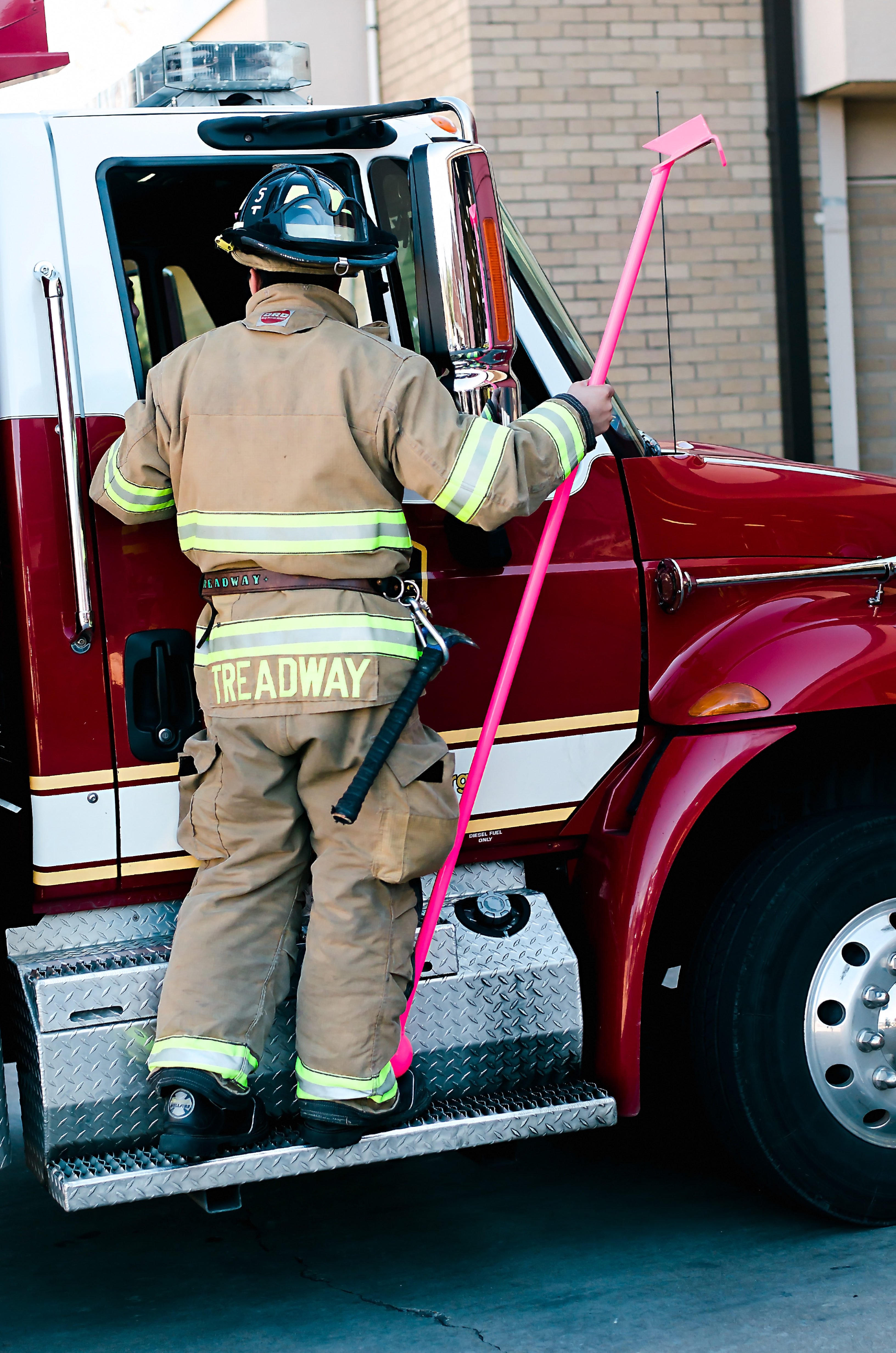
VENT-ENTER-SEARCH OPERATIONS
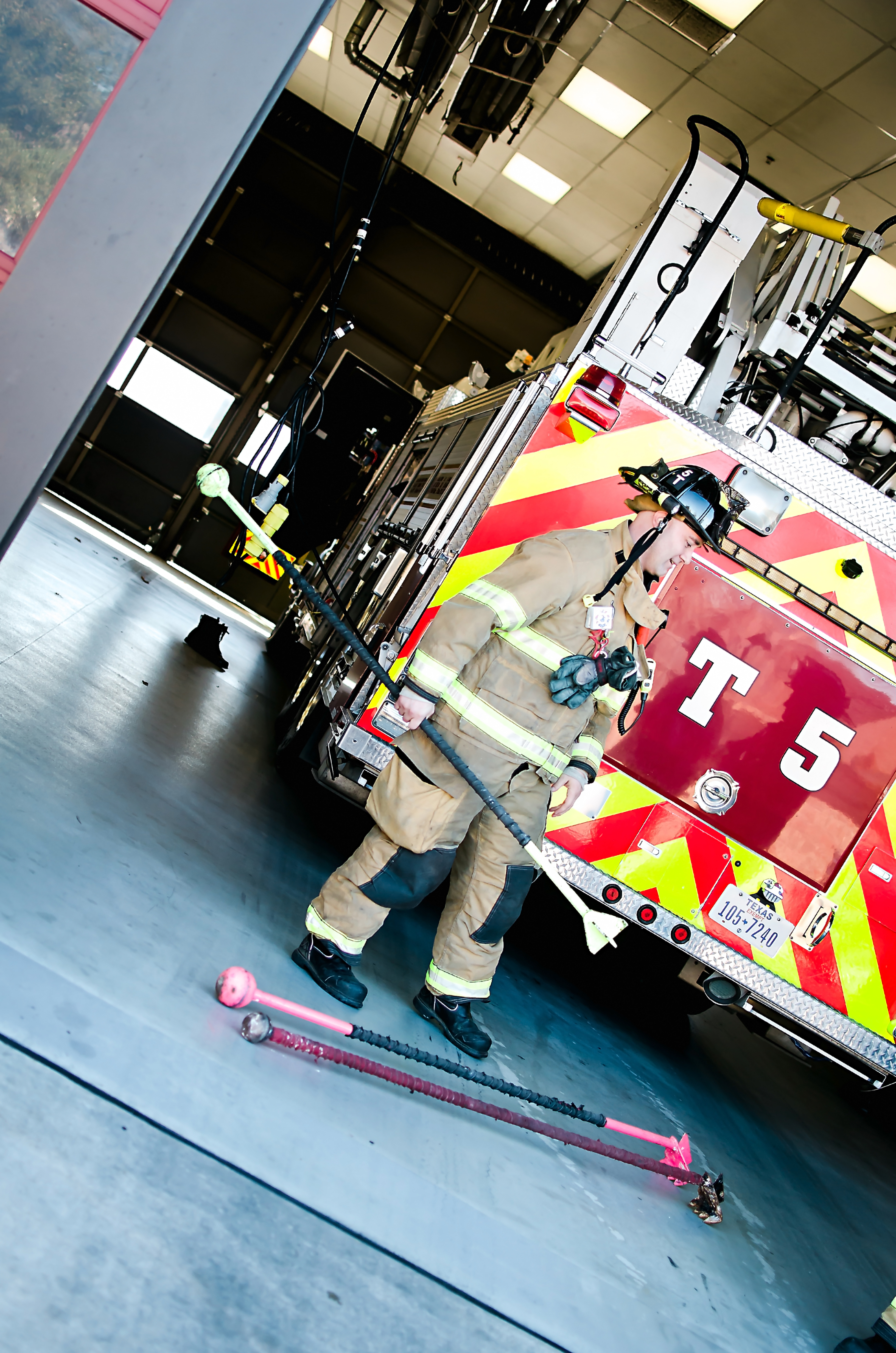
Cuts down on the number of tools needed for VES.
“THE TREADY HOOK” can be used as a “break-and-rake” for the window. Once the window and sash have been cleared with the hook, the firefighter can then use the ball end to sound the floor before entering the room. The firefighter can then slide the ball end into the room and leave the rake end hooked on the window sill to provide a point of reference for the firefighter searching the room.
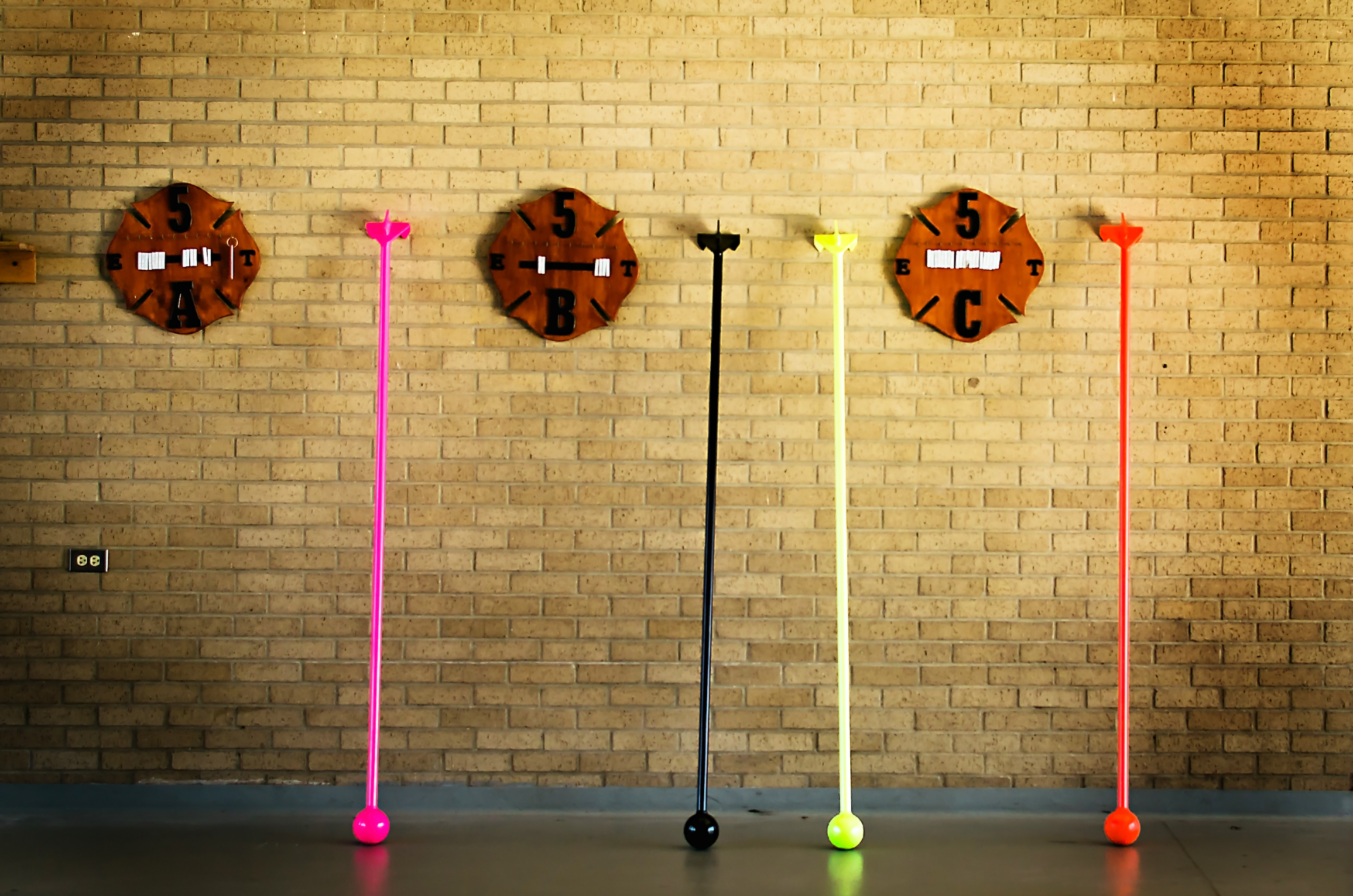
INTERIOR ATTACK OPERATIONS
The rake end of “THE TREADY HOOK” works extremely well when pulling down sheetrock because of the surface area of the head and solid steel teeth.
The pike on the back of the rake can be used with the “shoe-lacing” technique to help pull large areas of sheetrock down at a time.
The ball end can be used to punch quick inspection holes in ceilings or walls while advancing a hose line or to bust through ship lap sheathing. It creates a hole large enough to insert the rake end through, allowing the firefighter to pull down the 1x4 lathing.
If you are on a second floor or work in an area with a lot of basements, the ball end can also be used for sounding floors.

TRANSITIONAL FIRE ATTACK OPERATIONS
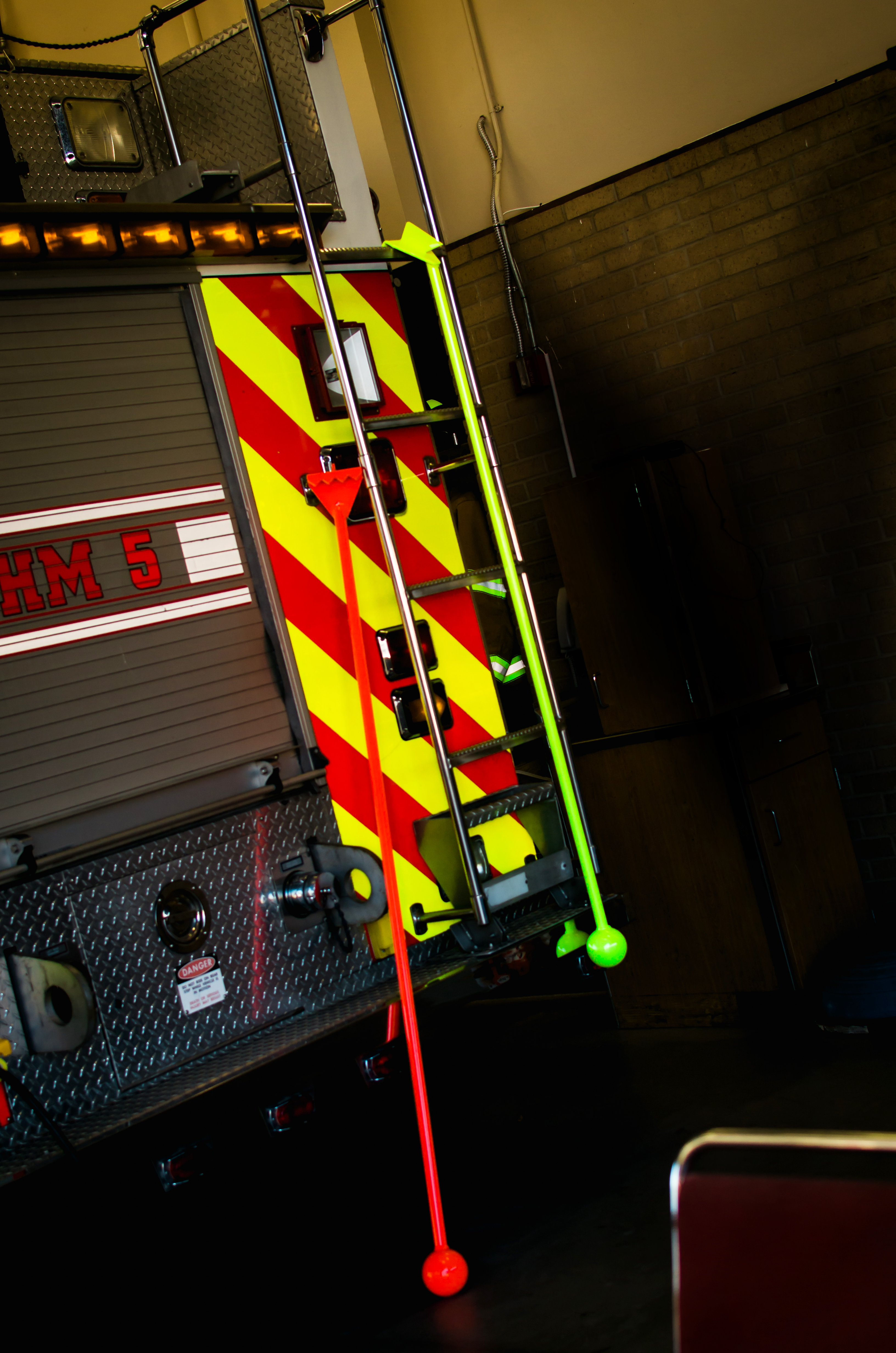
During “transitional” fire attack operations, the ball end works extremely well for punching holes in soffit large enough to push the rake end through. Firefighters can then pull the entire 8 foot section of soffit down rather than small sections, allowing nozzle access for indirect fire attack.
